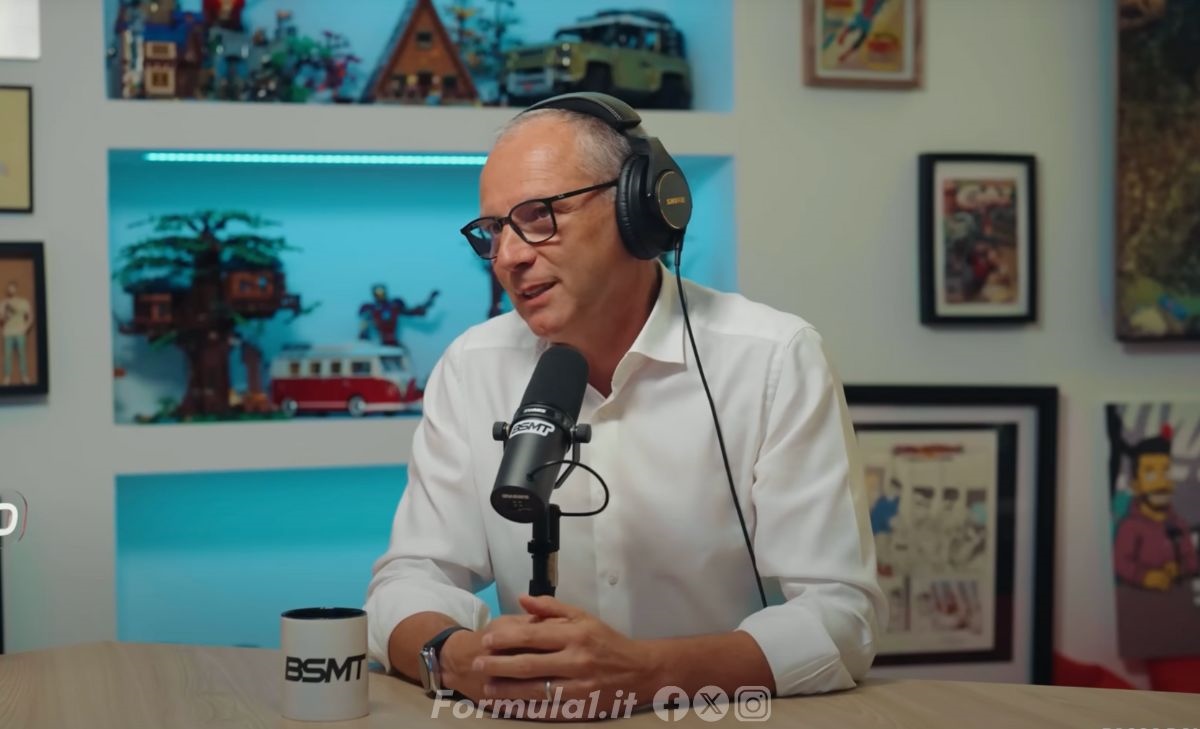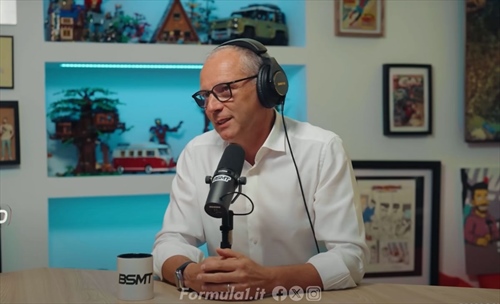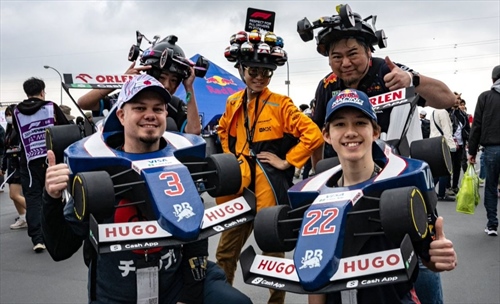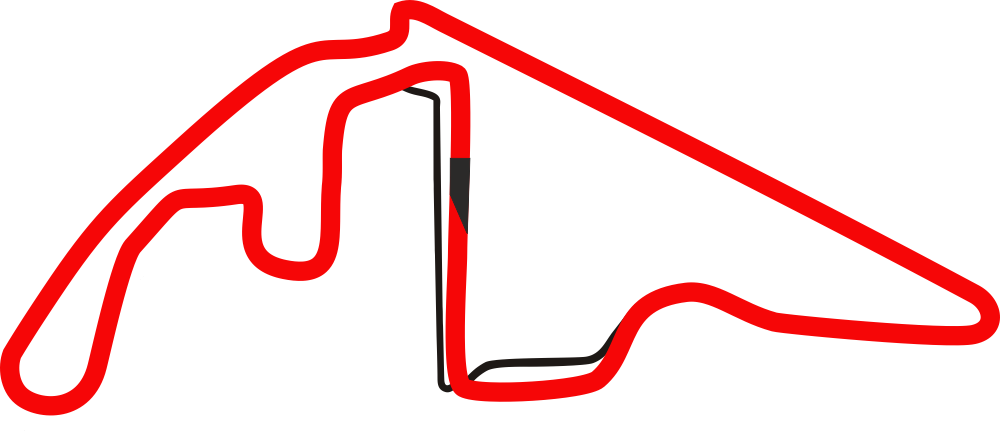In recent years, Formula 1 has changed its skin. The calendar has grown longer and new cities have taken center stage with glamorous and spectacular Grands Prix: Las Vegas, Miami, Jeddah. Circuits designed not just as tracks, but as true global stages. Paying the price, often, are the historic circuits — Imola, Barcelona, Hockenheim, even Spa — symbols that now risk becoming pieces rotated in and out of the calendar year by year.
Stefano Domenicali, CEO of Formula 1, explained it clearly during his interview on the BSMT podcast: "Tradition can be important for those like me who have followed Formula 1 since childhood, but for new fans coming into the sport there’s a great ability to turn the page and move on. The ability to forget who won the previous year is very high, and for many young people following Formula 1 today, racing in Monte Carlo or on the new Las Vegas circuit makes no difference."
It’s a striking thought — one that seems to downplay the importance of tradition in the hearts of younger generations. But is that really the case?
Talk to many young fans and you’ll discover another truth: the history of this sport fascinates them deeply. Often, their passion is born from stories of the past, passed down by grandparents or parents. They seek it out in documentaries, old commentaries and social media posts that recall a time they never lived but have learned to love — and to treasure — as something precious. In many cases, their passion didn’t start with neon lights, but with the awareness that every curve at Spa, every overtake in Monza, every brush with the wall at Monaco tells a story that shaped the legend of this sport.
Of course, Formula 1 must look ahead. Tracks need to evolve, guarantee safety and welcome the modern audience. No one doubts that. Yet in the rush toward the new, there’s a risk of underestimating the power of memory and the strength of continuity. Because while young fans do love spectacle, they also want to feel part of a greater story — the one that made Formula 1 one of the most beloved sports in the world.
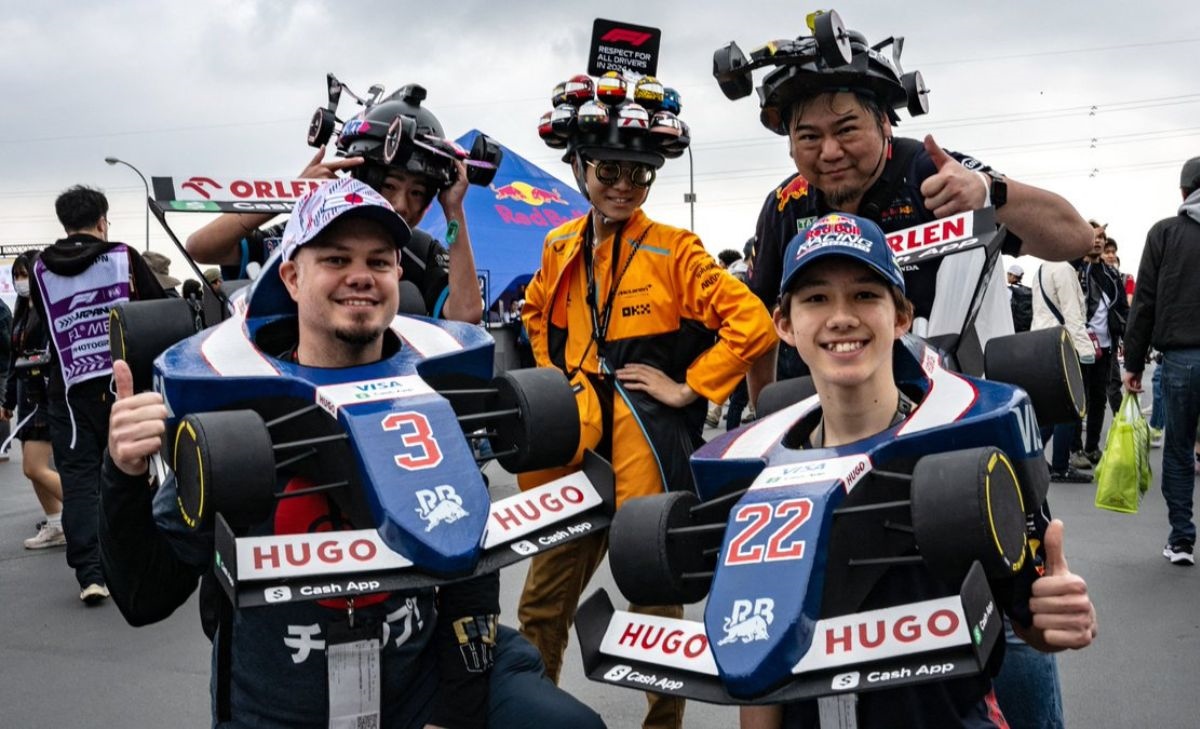
The real challenge, then, is not choosing between past and future, but finding a way to make them coexist. Without the roots of its tradition, Formula 1 risks becoming just another event — bright, loud, but without that soul that still makes the eyes of fans light up when they hear the roar of an engine and remember why they fell in love with this sport in the first place.
"Of course, if a Grand Prix carries this sense of history, it’s something extra." Domenicali hasn’t forgotten that — in fact, he made a point of emphasizing it. But his reasoning, naturally shaped by the role he holds, developed toward a future perspective: "Tradition must be supported by being a structure that looks ahead and allows for investment at the infrastructure level."
Domenicali’s words are therefore an appeal to the historic circuits: to remain on the calendar, being iconic is not enough — they must innovate, renew, and look forward. What’s fundamental to remember, however, is that the past of this sport is not just an interest of older generations. Even those who discovered Formula 1 more recently feel it as a crucial part of their passion. Looking ahead is imperative, yes — but it must be done without betraying the past.
Read also: No Stefano, the problem isn’t the length of the Grand Prix
Inside photo x.com
